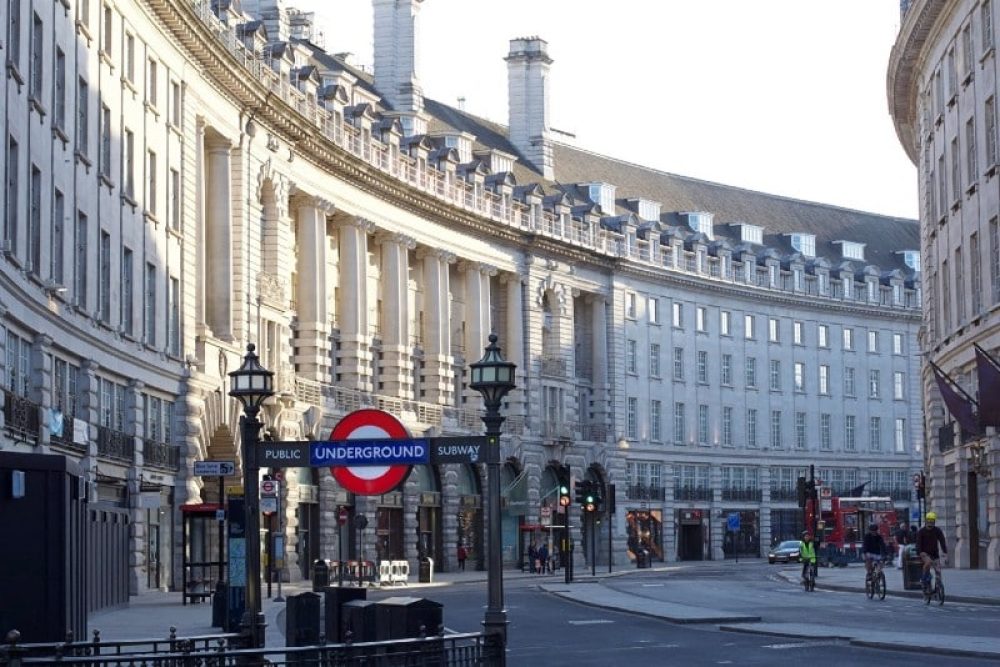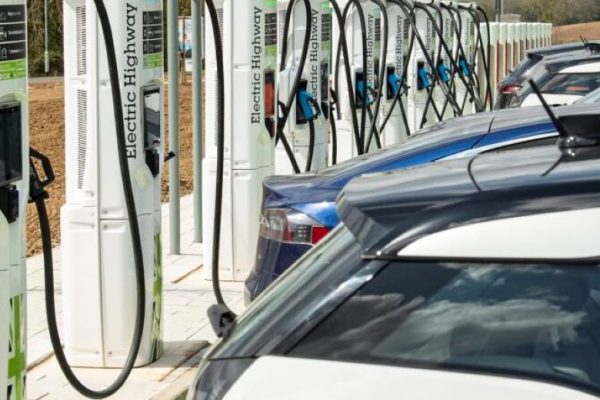WHAT’S happened to congestion and travel patterns during the pandemic? A recent study by ATS Euromaster paints a vivid picture of the current situation, with fewer cars on the road, a sharp decline in tube and bus usage, and more cyclists hopping onto the saddle – especially on weekends.
The first thing to point out is that there are more registered vehicles in the UK than ever before. In fact, between 2008 and 2018, five million extra cars were added to our roads. But in that time, congestion marginally eased, and in 2020, traffic numbers have fallen even further, with congestion down as much as 70% in April and down more than 10% on average in October.
We’ve drilled into different sectors to find out more.
Vans – both big and small – are still doing the rounds
While there are fewer ordinary passenger cars on the roads in 2020 (largely because of the pandemic), light commercial vehicles and heavy goods vehicles are still in regular circulation. Despite a big drop in March and April (down 40-50%), things have recovered.
In fact:
- By May 2020, figures were steadily climbing for both big and small vans. Clearly, portions of the British economy were moving back into gear.
- By July, the number of vans travelling UK roads was often greater than in comparable years.
- Weekends were especially busy – likely because online shoppers were at home and ready to take deliveries.
- As of September 2020, vans are up as much as 21% on other years and holding steady through October as well – a heartening sign for the UK economy.
The decline in public transport usage has been stark, however:
- London bus travel, for instance, was down by 80% in April and May, and continues to hover well below normal levels (down 43% on September 28th 2020 and 43% on October 19th 2020 as well).
- The tube’s decline in popularity is even more worrying, dropping by 96% after the first lockdown and barely recovering in recent months. As of October, footfall is down by about 65% day in, day out.
Public transport’s loss has been cycling’s gain:
- Bicycle travel jumped by 200% over the first weekend of April, which tube travel tanked by 96% over the same weekend.
- Bicycles were even more popular in May; the first weekend of May played host to a 300% surge in bicycles and another 96% drop in tube travellers.
- In September and October, the tube has begun to regain some lost ground (-50 to -60% on average), while cycling had also experienced a decline in popularity, but still tends perform better than in comparable years.
Finally, ordinary passenger vehicles (those take you or me to work) are down 15% as of mid-October, a figure that has remained stable for the last few months.
For more on congestion and travel patterns throughout the UK, take a look at the ATS Euromaster report, which reflects on the busiest roads in the UK and the worst times to travel.








